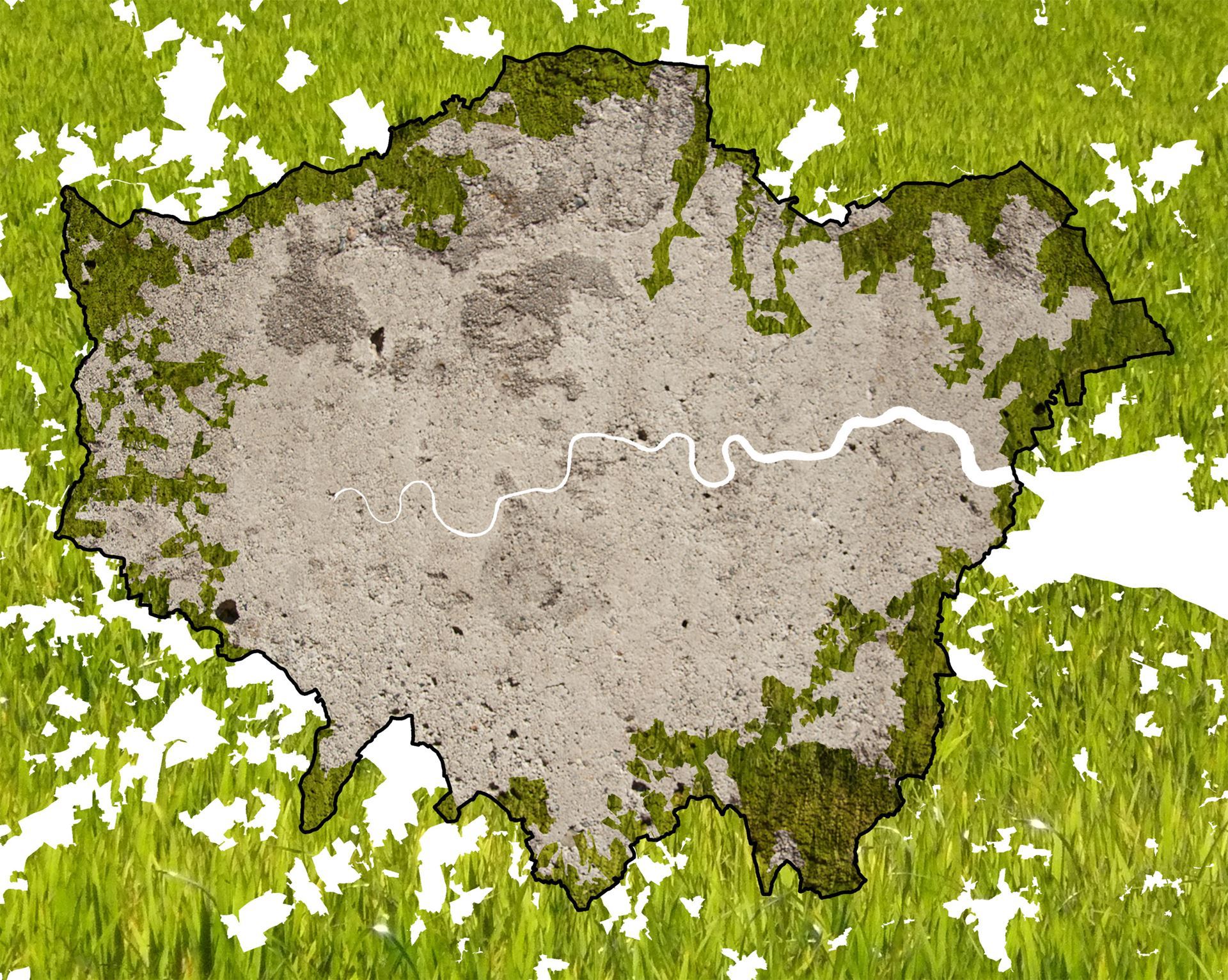Post
REPORT | The London Society Debate: Middle Aged Spread - is it time to loosen London’s Green Belt?
21 Jul 2022
The Green Belt - a subject that arouses passions on both sides: should it be inviolate? Or should some of it be used for homes? Notwithstanding the heat that can be generated, on 14 July The London Society organised a debate on the subject at Convene in 22 Bishopsgate. Chairing the discussion was Rupesh Varsani of the London Community Land Trust, and the participants were John Grindrod, author of 'Outskirts: Living Life on the Edge of the Green Belt'; Leona Hannify, Director (Planning), Iceni Projects; Alice Roberts, Head of Campaigns, CPRE London; and Freddie Poser, Director, PricedOut.
Peter Murray reports.
This lively debate took place right in the middle of the contest for the leadership of the Tory party where, perhaps unsurprisingly, Liz Truss failed to repeat her 2019 claim to build a million homes in the Green belt and Rishi Sunak called for the prioritisation of brownfield development saying that cities are the “easiest places for housing development”. They both knew the negative impact any talk of housing development could have among the Conservative party members who would make the final decision on which of them would be the new leader. The NIMBY army had ensured the death of Johnson’s planning reforms and wielded one of the many knives that skewered the Prime Minister.
In contrast, the delivery of homes was central to the cases of both sides of this London Society debate chaired by Rupesh Varsani (co-author with Russell Curtis of a remarkable piece of research that showed that if the area of Greater London given over to golf courses was a London Borough in its own right, it would be bigger than Brent).
Kicking off for the proposers was Freddie Poser, a young and impressively articulate computer science and management student from Cambridge. He questioned the morality of restricting housing supply, which pushes up prices and makes homes unaffordable for younger people. Freddie was not proposing sprawl in the Green Belt but supported the building of higher-density homes close to transport links. (Freddie's thoughts are here.)
Opposing was Alice Roberts, Head of Campaigns at CPRE London. The CPRE has traditionally supported the development of brownfield sites as a means of protecting the countryside – a policy which has been embedded in the London Plan since the days of Ken Livingstone. Alice thought any relaxation on the constraints of the Green Belt was giving in to the demands of greedy developers and that there was plenty of brownfield land to deliver the requisite number of new homes anyway. She wasn’t too polite about local authorities either, suggesting that even authorities like Enfield, with its development of Meridien Water, were being too sluggish in developing their brownfield sites. (You can download Alice's discussion notes here.)
Leona Hannify supported Freddie. As a planner from Iceni Projects Leona promotes large-scale projects with a particular focus on greenfield residential-led mixed-use schemes, so she was right behind Freddie on the housing front but also made strong points about the loss of industrial land in London and the impact the tight control of the Green Belt had on economic growth.
After three tough interventions there was a gentler touch from John Grindrod, author of the splendid book 'Outskirts: Living Life on the Edge of the Green Belt’. John referenced his childhood living on “the last road in London” at New Addington, Croydon. His nostalgic description of his childhood and a brief history of the Green Belt, while doing its job of opposing the motion was also tinged with some sympathy for the points made by the other side.
In the discussion from the floor that followed, your correspondent reminded those present of the important role The London Society had played in promoting the Green Belt in the 1930s and in convincing Abercrombie to take a regional approach to the Greater London Plan. Professor Ian Gordon, Emeritus Professor of Human Geography at the LSE then called for a vote on a different motion “that the Green Belt should be reviewed”. Ian had been a member of the Outer London Commission which had proposed a comprehensive review of the London Green Belt but was ignored. The LSE had also called for a pilot study of corridors of development through the Green Belt, structured around the main routes in and out of London, with development on a chain of centres along public transport links.
The count at the end of the debate showed an even split in the audience between the two sides, with not much change from the poll taken at the start, although Society Chair Leanne Tritton commented that she was surprised at the number of abstentions. The idea of a review garnered support, which is as it should be since the Society has been calling for years for a review of this great piece of planning legislation which now needs amending to suit the needs of the 21st century.
The chair of the debate was Rupesh Varsani - you can read his thoughts on the discussion here.
